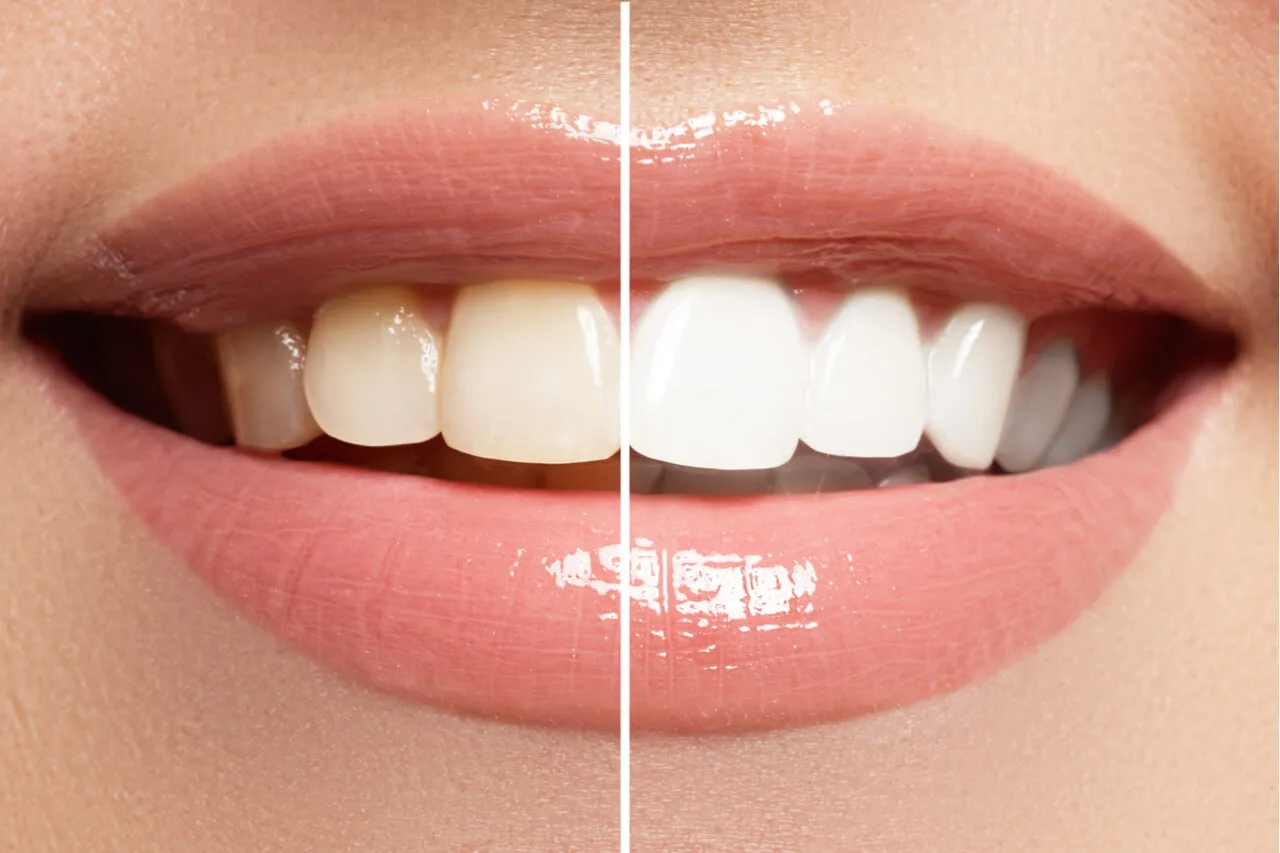What Causes Sharp Pain While Whitening Teeth
Experiencing sharp pain while whitening your teeth can be a jarring experience, and it’s important to understand the underlying causes to address the issue effectively. Teeth whitening, while a popular cosmetic procedure, can sometimes lead to discomfort. The sensation can range from a mild sensitivity to a sharp, sudden pain. The severity of the pain often depends on the individual’s oral health, the concentration of the whitening agent, and the method used. Understanding these factors is crucial for both preventing and managing the pain, ensuring a comfortable teeth-whitening experience, and maintaining a healthy, bright smile. Addressing the root causes can help you find the right solution to alleviate any discomfort, allowing you to achieve the desired results without unnecessary suffering.
Tooth Sensitivity
Tooth sensitivity is one of the most common culprits behind the sharp pain experienced during teeth whitening. The whitening agents, typically containing hydrogen peroxide or carbamide peroxide, work by penetrating the enamel and breaking down stains. This process can sometimes irritate the nerves within the teeth, leading to sensitivity. Individuals with naturally thin enamel or those who already have sensitive teeth are particularly susceptible. This sensitivity can manifest as a sharp, shooting pain when exposed to cold, hot, sweet, or acidic foods and drinks, or even during the whitening process itself. The degree of sensitivity varies from person to person, but it’s a prevalent side effect of the teeth-whitening process.
Enamel Erosion
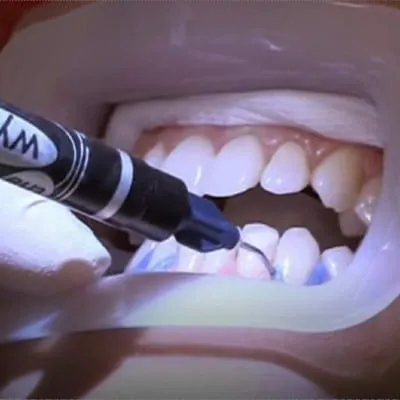
Enamel erosion, the wearing away of the protective outer layer of the tooth, can significantly increase the risk of sharp pain during teeth whitening. When the enamel is compromised, the underlying dentin, which contains tiny tubules leading to the tooth’s nerve, becomes exposed. Whitening agents can then more easily penetrate these tubules, reaching the nerve and causing intense pain. The enamel can be eroded by acidic foods and drinks, aggressive brushing, or certain medical conditions. Individuals with eroded enamel need to be extra cautious with teeth whitening, as the procedure can exacerbate the existing sensitivity and discomfort. The goal is to restore enamel integrity, which is crucial for a comfortable teeth-whitening experience.
Receding Gums
Receding gums can also contribute to sharp pain during teeth whitening. As gums recede, they expose the root surfaces of the teeth, which are not protected by enamel. The root surfaces contain numerous dentinal tubules that lead directly to the tooth’s nerve, making them highly sensitive. When whitening agents come into contact with these exposed root surfaces, they can trigger sharp, intense pain. Factors like aggressive brushing, periodontal disease, and genetics can cause gum recession. Addressing gum recession before teeth whitening is crucial to minimizing discomfort. Consulting with a dentist can help determine the best course of action and prevent the pain.
Cracked Teeth
Cracked teeth can be another source of sharp pain during teeth whitening. Cracks, even those that are not readily visible, can allow whitening agents to seep into the tooth’s pulp chamber, where the nerve resides. This can cause sharp, sudden pain, especially when the whitening agent comes into contact with the exposed nerve. Cracks can result from biting down on hard objects, teeth grinding, or trauma to the mouth. Before undergoing teeth whitening, it is essential to have any cracks evaluated and treated by a dentist. Addressing these issues can significantly reduce the risk of pain and ensure a safer and more comfortable teeth-whitening experience.
Dental Work
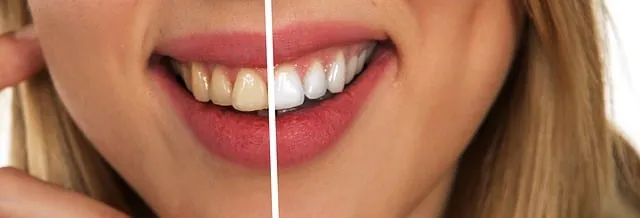
Previous dental work, such as fillings, crowns, or other restorations, can sometimes cause sharp pain during teeth whitening. The materials used in these procedures may react differently to whitening agents than natural tooth enamel. Fillings and crowns don’t whiten in the same way as your natural teeth and can become more sensitive, leading to discomfort. Moreover, if there are any micro-gaps or leaks around the dental work, the whitening agent can seep in, causing sensitivity or pain in the underlying tooth. A dentist should examine any previous dental work before whitening to ensure that it’s in good condition and to minimize any potential issues.
Whitening Products
The type of whitening product used can also play a significant role in the intensity of the sharp pain experienced. Different products have varying concentrations of the active ingredients, primarily hydrogen peroxide or carbamide peroxide. The higher the concentration, the more likely it is to cause sensitivity and pain. Understanding the different formulations and their potential effects can help you choose a product that minimizes discomfort. It’s always a good idea to consult with a dentist to determine the most appropriate and safest option for your teeth and dental health.
Hydrogen Peroxide Concentration
The concentration of hydrogen peroxide in a teeth-whitening product is directly related to its potential for causing pain. Hydrogen peroxide is a strong oxidizing agent that breaks down stains on the teeth. Higher concentrations of hydrogen peroxide are more effective at whitening teeth quickly but also tend to cause more sensitivity. Over-the-counter products usually contain lower concentrations (3-10%), while professional treatments at the dentist’s office can use much higher concentrations (up to 40%). If you are prone to sensitivity, it’s wise to start with a lower concentration and gradually increase it as needed. Monitoring your teeth’s response and adjusting the concentration can help you achieve the desired whitening without significant pain.
Carbamide Peroxide
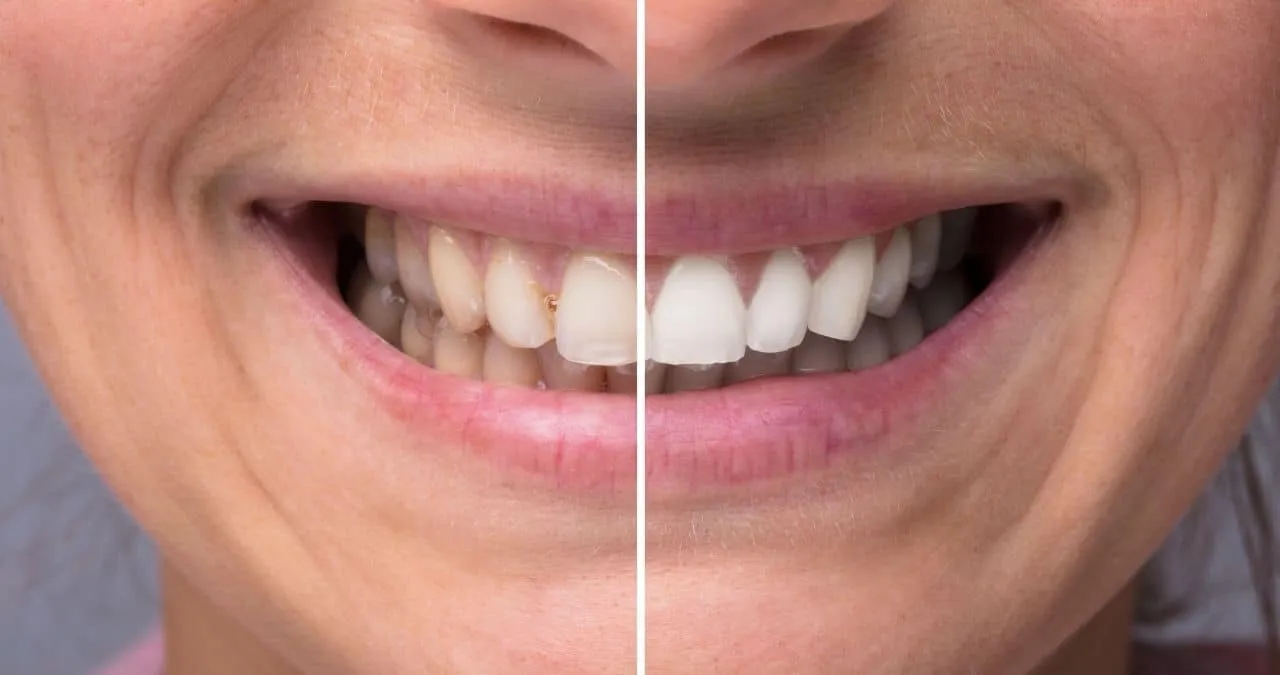
Carbamide peroxide is another common whitening agent, which breaks down into hydrogen peroxide and urea. It is often used in at-home whitening kits. Carbamide peroxide is generally considered to be gentler than hydrogen peroxide, as it releases a lower concentration of hydrogen peroxide over a longer period. However, it can still cause sensitivity, especially if used in higher concentrations or for prolonged periods. The slower release can minimize some of the initial sharp pain. Using carbamide peroxide, like any whitening agent, requires careful monitoring and adherence to the instructions to avoid over-whitening and excessive sensitivity.
How to Manage Sharp Pain
Managing sharp pain while whitening teeth involves several strategies, from immediate relief to long-term prevention. It is essential to identify the cause of the pain and take appropriate measures to minimize discomfort. By incorporating these techniques into your teeth-whitening routine, you can significantly reduce the pain and enjoy a more comfortable experience. Seeking professional advice is often the best approach. Remember, the goal is to maintain a healthy and bright smile without compromising your oral health.
Consult Your Dentist
Consulting your dentist is the first and most important step in managing sharp pain from teeth whitening. Your dentist can assess the underlying cause of the pain, whether it’s sensitivity, enamel erosion, or any other issue. They can provide personalized advice and recommendations, including adjusting the whitening treatment, prescribing desensitizing products, or addressing any existing dental problems. Regular check-ups and cleanings are vital for preventing problems, including sensitivity, before they become severe. A professional consultation ensures you’re taking the best approach to both pain management and optimal oral health.
Desensitizing Toothpaste
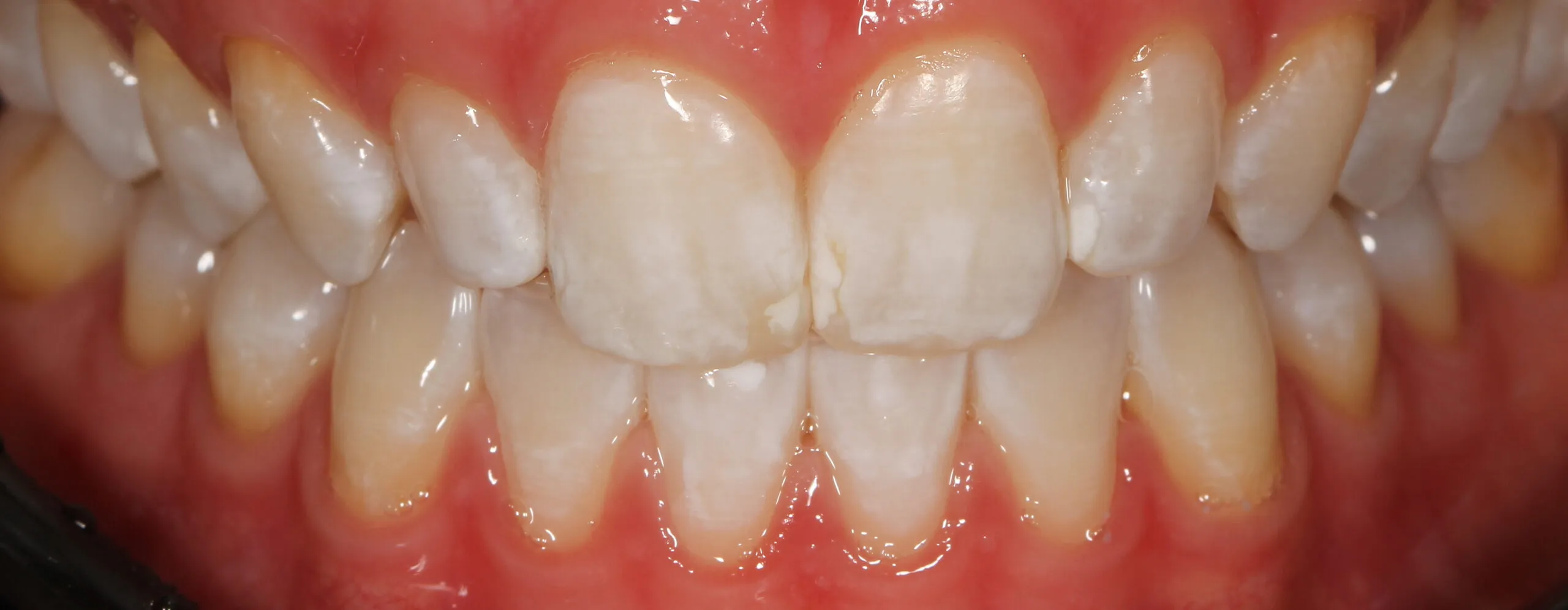
Using desensitizing toothpaste can provide significant relief from sharp pain during teeth whitening. These toothpastes contain ingredients like potassium nitrate or stannous fluoride, which help block the pathways to the tooth’s nerves, reducing sensitivity. Brushing with desensitizing toothpaste for a few weeks before starting teeth whitening can prepare your teeth, minimizing discomfort. Continuing to use it during and after the whitening process can also provide sustained relief. Choosing the right desensitizing toothpaste and following the manufacturer’s instructions can make a substantial difference in your comfort level.
Fluoride Treatments
Fluoride treatments can strengthen tooth enamel and reduce sensitivity, making them helpful in managing pain associated with teeth whitening. Fluoride works by remineralizing the enamel, making it more resistant to acid attacks and reducing the permeability of the tooth. Your dentist can apply professional fluoride treatments, or they can recommend over-the-counter fluoride products, such as mouth rinses or high-fluoride toothpastes. These treatments can be particularly beneficial for those experiencing enamel erosion or increased sensitivity. Using fluoride can fortify your teeth before, during, and after whitening, improving the overall health and reducing pain.
Adjust Whitening Frequency
Adjusting the frequency of your teeth whitening treatments can also help manage the sharp pain you experience. If you use an at-home kit or have in-office treatments, reducing the frequency can significantly minimize the discomfort. Instead of whitening every day, try whitening every other day, or even less frequently. This approach allows your teeth to recover between treatments, reducing sensitivity and giving the enamel a chance to recover. Paying close attention to your teeth’s response and adjusting the frequency based on your individual needs is critical to finding the right balance between whitening and comfort.
Alternatives to Teeth Whitening
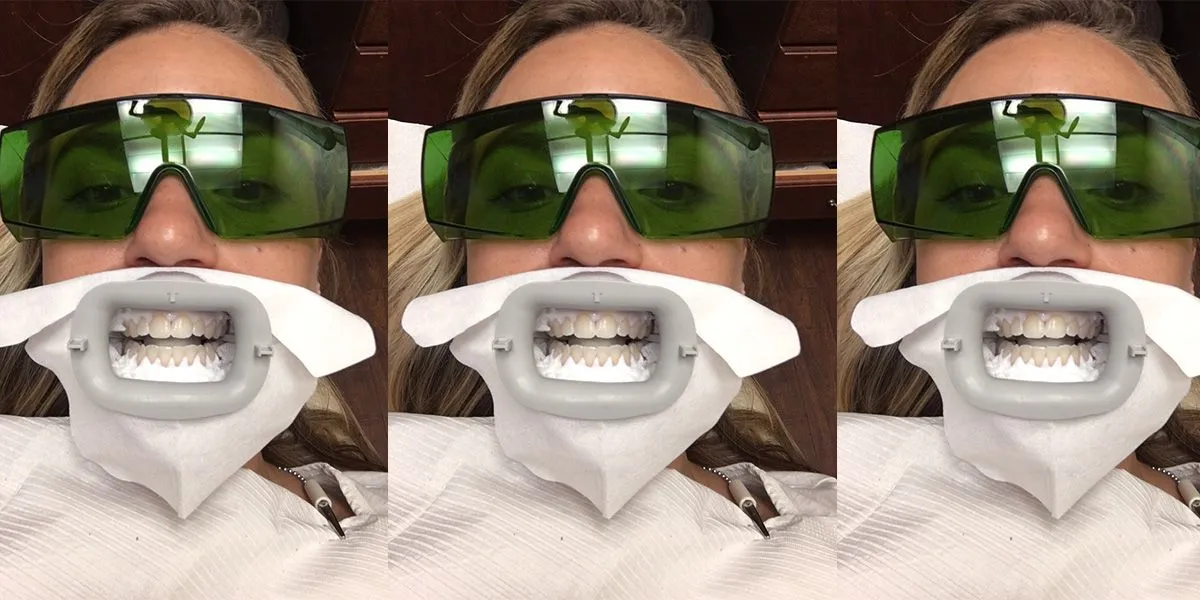
If you experience persistent and intense pain during teeth whitening, you may want to consider alternatives. These alternative options can provide a brighter smile without the discomfort associated with whitening agents. Consulting with your dentist can help determine which option is most suitable for you, considering your specific dental health and desired results. Alternatives allow you to achieve a brighter smile while maintaining oral health and comfort. Selecting the right method is essential, taking into account your needs and preferences.
Professional Whitening
Professional teeth whitening performed by a dentist can offer advantages over at-home methods, which is important to keep in mind if you are dealing with sharp pain. Dentists can customize the treatment based on your needs, using stronger whitening agents under controlled conditions. They can also monitor your teeth and gums for any signs of sensitivity or irritation. Before undergoing professional whitening, your dentist can check for underlying dental issues that might be causing the pain and address them. Although professional treatments often involve higher concentrations of whitening agents, your dentist can take measures to minimize sensitivity, like using desensitizing agents or adjusting the treatment duration. This provides a safer and more effective teeth-whitening process. It can be the best approach when sharp pain is present with at-home methods.
Teeth Whitening Strips
Teeth whitening strips are a popular over-the-counter option. They are convenient and relatively easy to use, but they can also cause sharp pain for some individuals, particularly those with sensitive teeth or existing dental issues. The concentration of the whitening agent in strips can vary. They often contain hydrogen peroxide. Always carefully follow the instructions and avoid prolonged contact with the gums. If you experience pain, discontinue use immediately and consult your dentist. In addition, strips don’t always provide the even whitening results of other methods. Teeth whitening strips can be a good option for some, but they are not suitable for everyone, particularly those prone to pain.
Over the Counter Products
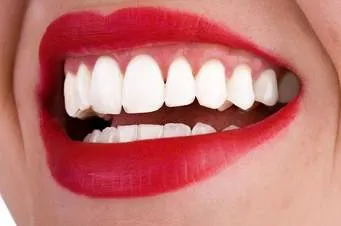
There are various over-the-counter teeth whitening products, including toothpastes, gels, and mouthwashes. Many contain lower concentrations of whitening agents, which can be less likely to cause sharp pain. However, the effectiveness of these products is typically less than that of professional treatments. When choosing over-the-counter whitening products, opt for those that are specifically designed for sensitive teeth. Pay close attention to the product’s instructions, and if you experience any pain or discomfort, stop using the product and consult your dentist. Over-the-counter products can be a suitable option for people with minimal sensitivity, but they should not be used if you are experiencing intense pain.
Maintaining a Healthy Smile
Maintaining a healthy smile is crucial to prevent sharp pain while whitening teeth and for overall oral health. This involves a combination of regular dental check-ups, proper oral hygiene practices, and a balanced diet. Regular dental check-ups allow your dentist to identify and address issues such as enamel erosion, gum recession, or cracked teeth before they become severe and cause pain. Proper oral hygiene practices, including brushing twice a day with fluoride toothpaste, flossing daily, and using mouthwash, help remove plaque and bacteria, reducing the risk of sensitivity. Following a balanced diet limits acidic foods and drinks. By adopting these practices, you can maintain a healthy, bright smile and reduce the risk of experiencing sharp pain during teeth whitening.
In conclusion, addressing sharp pain while whitening teeth requires understanding the underlying causes, such as tooth sensitivity, enamel erosion, and existing dental work, and implementing effective management strategies. Consulting your dentist is paramount to receive personalized guidance and address any dental issues. You can also use desensitizing toothpaste, fluoride treatments, and adjust the whitening frequency. If the pain persists, consider alternative whitening methods. By combining professional guidance with proactive oral care practices, you can safely and comfortably achieve a brighter smile. Remember, a healthy smile is achievable without compromising your comfort and oral health. Prioritizing your teeth health will contribute to your confidence and overall well-being.
